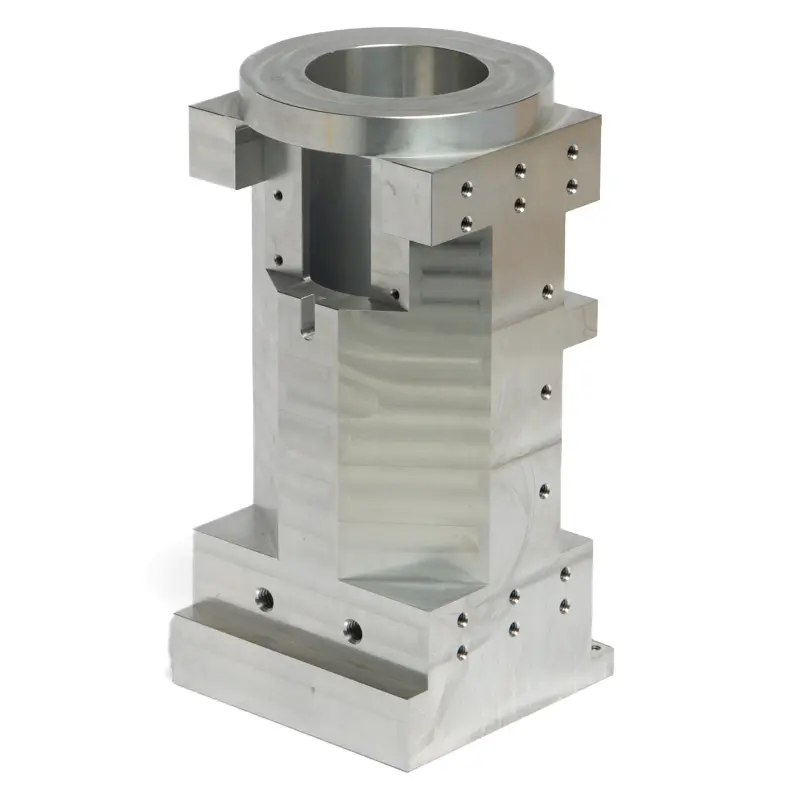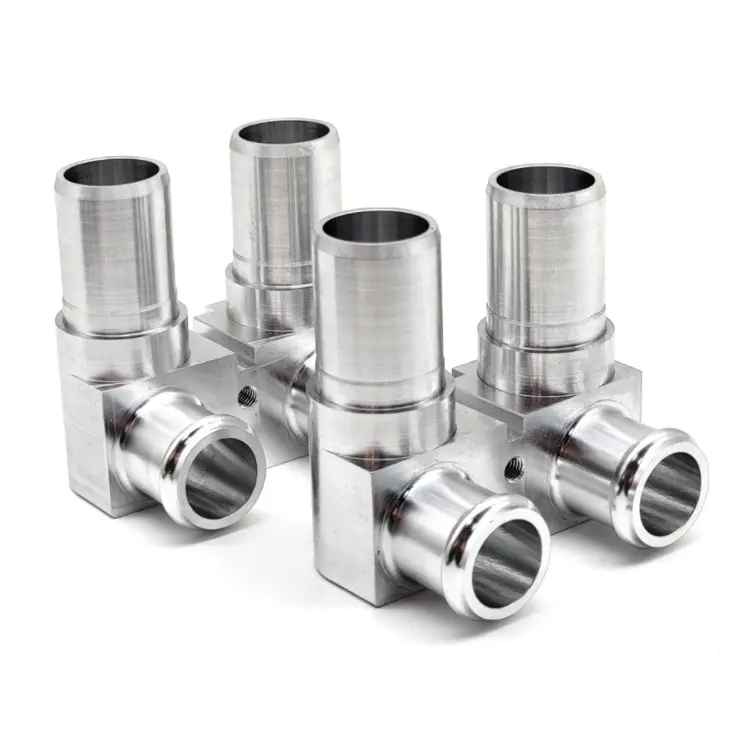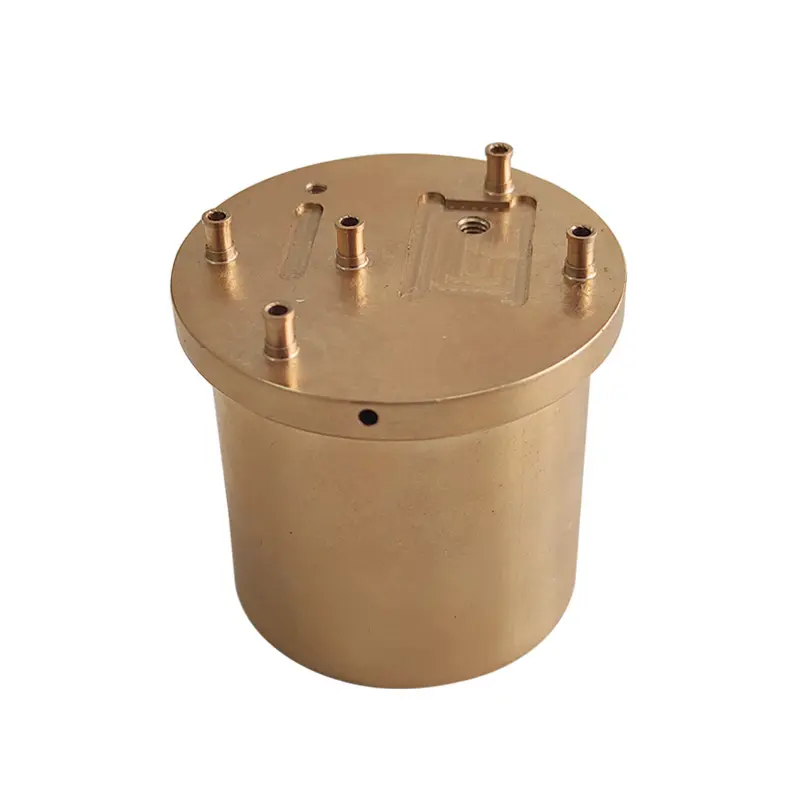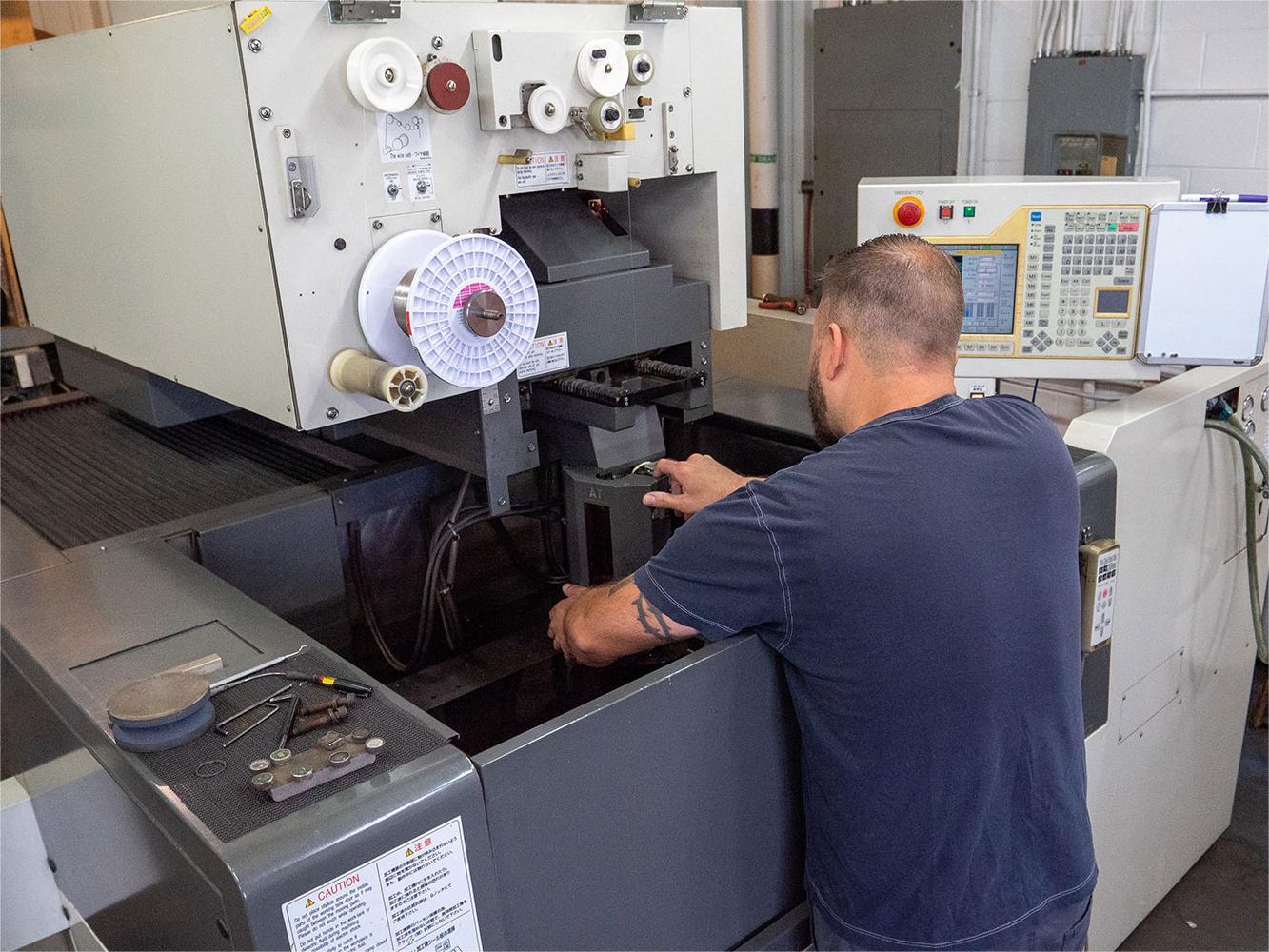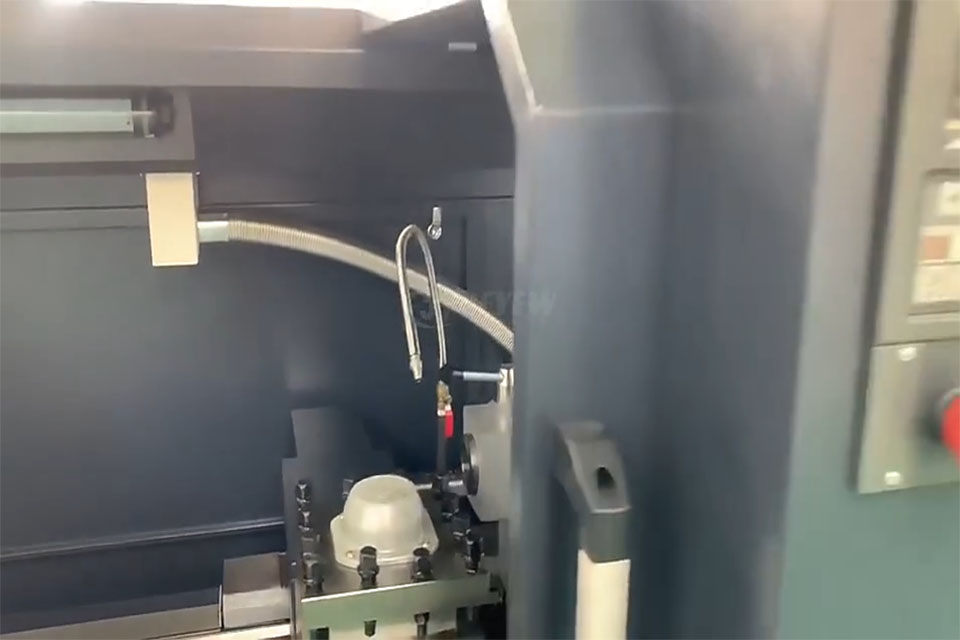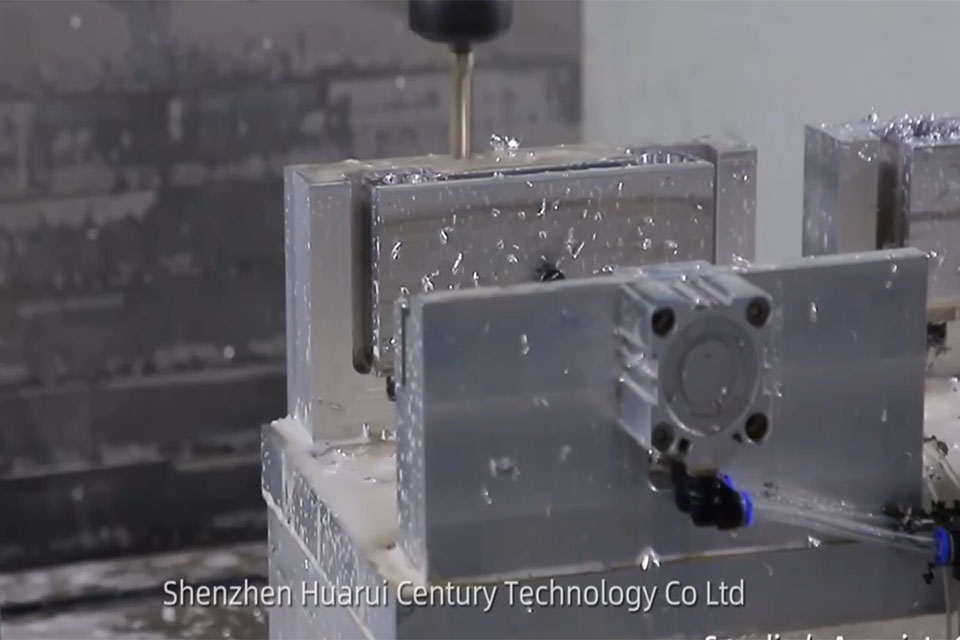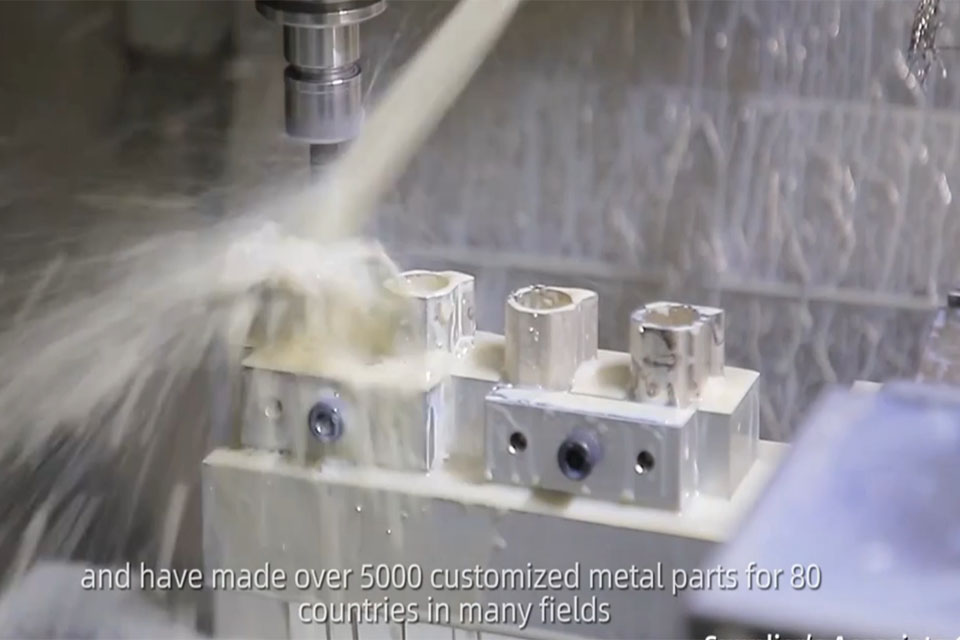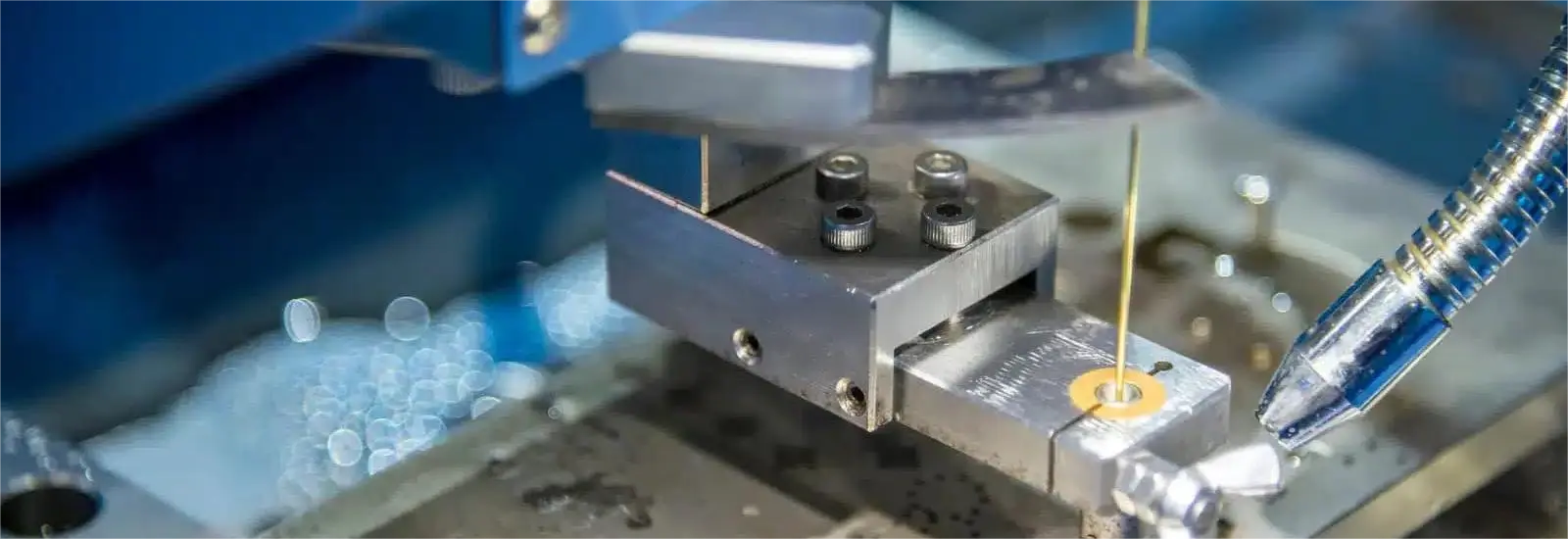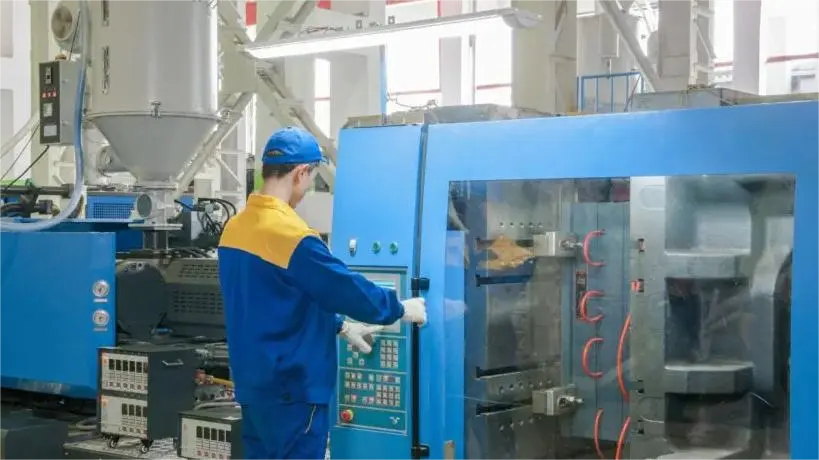
Unlocking Precision: The Advantages and Future of CNC Machining
目录
导言
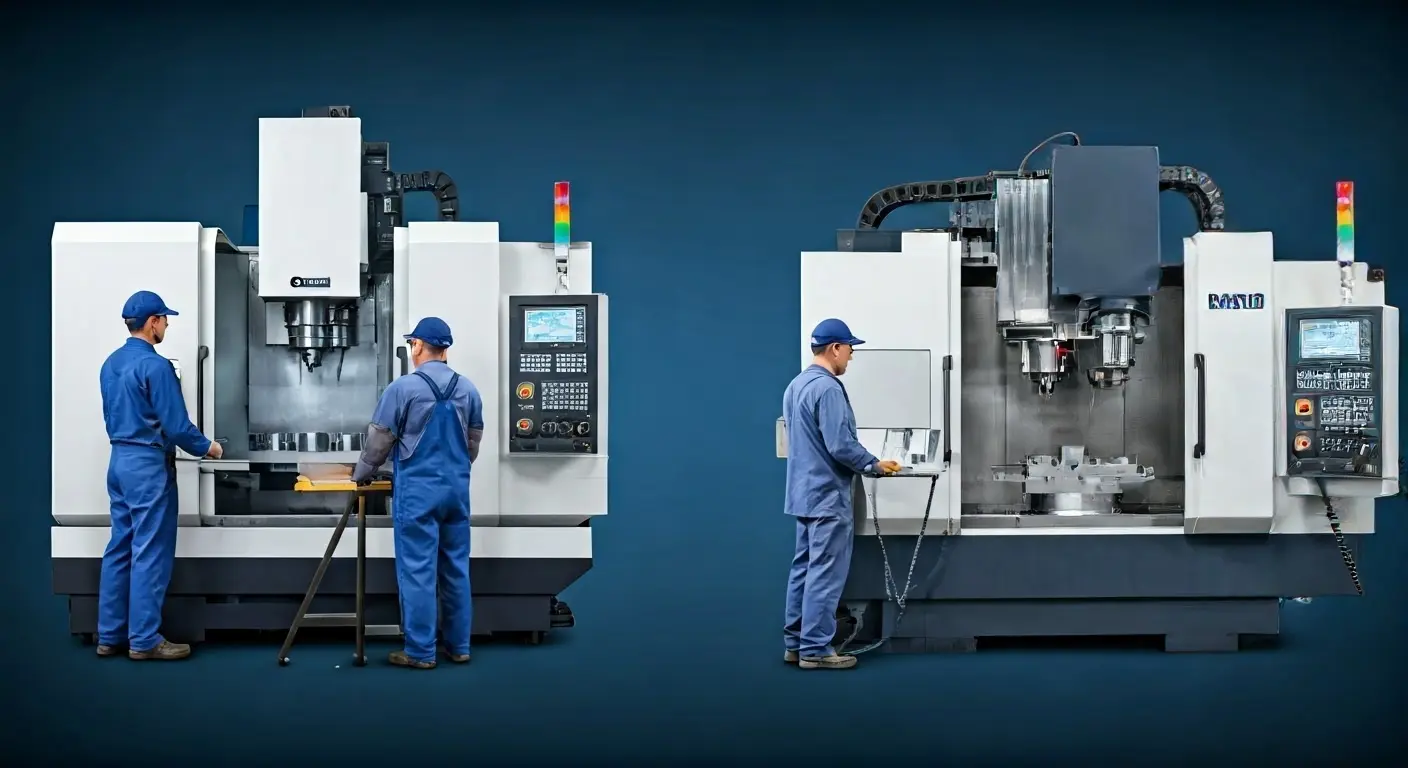
What Exactly is CNC Machining and Why is it Important?
CNC machining is a subtractive manufacturing process where computerized controls operate machine tools to remove layers of material from a stock piece. Think of it like sculpting, but instead of a chisel, we use high-precision cutting tools guided by computers.
Why is it important? Because it allows for unparalleled precision, repeatability, and automation. This means we can create complex parts with tight tolerances for a variety of industries. From Aerospace to Medical Devices, 数控加工 enables the production of high-quality components crucial for innovation and advancement.
What are the Key Steps in a CNC Machining Process?
"(《世界人权宣言》) 数控加工工艺 generally includes these key steps:
- CAD Model Design: First, we create a digital design using CAD (Computer-Aided Design) software. This model defines the part’s geometry, dimensions, and other specifications.
- CAD File Conversion: The CAD file is then converted into a CNC program using CAM (Computer-Aided Manufacturing) software. This program contains the instructions for the CNC machine.
- CNC Machine Setup: The operator prepares the CNC machine by mounting the workpiece and installing the appropriate cutting tools.
- Machining Operation Execution: The CNC machine executes the program, precisely moving the cutting tools to remove material and create the desired part.
我们的 机械加工服务 ensure a seamless process, from design to finished product.
How Does CAD/CAM Software Enhance CNC Precision?
CAD/CAM software is the brains behind CNC precision. CAD allows designers to create accurate 2D or 3D models, while CAM translates those designs into machine-readable code. This integration ensures that the final product closely matches the intended design.
使用 CAD/CAM 软件, we can simulate the machining process, optimize cutting paths, and minimize errors before any material is even touched. It’s like a virtual rehearsal that saves time and resources. This is especially crucial when dealing with complex geometries or tight tolerances required in industries like 航天 和 医疗器械.
What Tolerance Levels Can Be Achieved in CNC Machining?
Tolerance refers to the acceptable range of variation in a part’s dimensions. CNC machines are known for their ability to achieve very tight tolerances, often within +/- 0.005 inches (0.127 mm) or even tighter! As a point of reference, that’s about twice the width of human hair.
Here’s a simplified table illustrating typical tolerance ranges:
| Tolerance Grade | Tolerance Range (mm) | Example Application |
|---|---|---|
| Fine | +/- 0.05 | Precision instruments |
| 中型 | +/- 0.1 | General machine parts |
| Coarse | +/- 0.2 | Non-critical structural parts |
Specifying the right tolerance is critical. Tighter tolerances increase manufacturing cost. We help our clients determine the optimal balance between precision and cost-effectiveness.
What Programming Languages do CNC Machines Use?
G-code is the most common programming language used by CNC machines. It is like a set of instructions telling the machine where to move, how fast to move, and what tools to use. G-code commands control various aspects of the machining process, such as spindle speed, feed rate, and tool selection.
M-code complements G-code, handling auxiliary functions like coolant control and machine start/stop. Together, they form the language that brings CNC designs to life.
How Does CNC Machining Benefit Various Industries?
CNC machining is a versatile process utilized across numerous industries. Some key beneficiaries include:
- Aerospace & Aviation: Manufacturing complex aircraft components with high precision and material strength is crucial for safety. CNC machines are ideal in this context, where even tiny variations in dimensions can have serious consequences.
- 汽车 For producing engine parts, suspension systems, and other critical components. CNC’s speed and accuracy help automotive manufacturers meet demanding production volumes.
- 医疗设备: Creating intricate surgical instruments, implants, and other medical devices. CNC is essential for ensuring the accuracy and biocompatibility needed in the medical field.
- 电子设备 Fabricating enclosures, heat sinks, and other electronic components. CNC offers the precision required for miniaturization in the 电子学 业。
These are just a few examples. The versatility of CNC allows it to serve countless other sectors, including 国防和军事, 工业设备甚至 消费品.
What are the Advantages of CNC Compared to Traditional Methods?
Compared to traditional machining methods, CNC offers significant advantages:
- Higher Precision: Achieve tighter tolerances and more complex geometries.
- Increased Efficiency: Automate production for faster turnaround times.
- Greater Repeatability: Consistently produce identical parts with minimal variation.
- Reduced Labor Costs: Automate many tasks, reducing the need for skilled machinists.
- Improved Safety: Minimize worker contact with hazardous tools and materials.
By leveraging these advantages, we help our clients optimize their manufacturing processes and achieve superior results.
How is CNC Machining Changing Manufacturing?
CNC machining is at the forefront of a manufacturing revolution. It’s enabling:
- 快速原型制作: Quickly create prototypes to test designs and validate concepts, which is essential for industries like automotive and electronics where innovation cycles are short.
- 按需制造: Produce custom parts in small batches to meet specific needs.
- 复杂几何: Manufacture parts with intricate shapes and features that were previously impossible to create.
CNC is also driving the adoption of other advanced technologies, such as 3D printing and advanced materials.
How do CNC Machines and Robotics Work Together?
CNC machines and robotics are a powerful combination. Imagine CNC machining as a highly skilled surgeon, while robotics acts as its efficient and tireless assistant.
Robots can automate tasks such as:
- Loading and unloading workpieces.
- Transferring parts between machines.
- Performing secondary operations like deburring and cleaning.
This collaboration increases efficiency, reduces labor costs, and improves overall production throughput. This is something the CNC machine industry needs to keep up with.
What is the Future of CNC and Digitalization?
The future of CNC is intertwined with digitalization. Expect to see:
- Advanced Simulation: More sophisticated software that simulates the entire manufacturing process, optimizing toolpaths, minimizing waste, and predicting potential problems.
- AI-Powered Machining: Artificial intelligence algorithms that automatically adjust machine parameters to optimize performance and improve part quality.
- Digital Twins: Virtual replicas of CNC machines that can be used for training, diagnostics, and process optimization.
These advancements will lead to even greater efficiency, precision, and automation in CNC machining. This is the next step in the 数控解决方案 evolution.
How do I get started with CNC Machining?
If you’re looking to leverage the power of CNC machining for your project, here’s how to get started:
- Define Your Needs: Clearly define your part’s specifications, including materials, dimensions, tolerances, and required quantities.
- Create a CAD Model: Develop a 3D model of your part using CAD software, or work with a design service.
- Choose a CNC Manufacturing Partner: Select a reputable CNC manufacturing service provider with the expertise and equipment to meet your needs. Look for certifications, reviews, and a commitment to quality.
- Get a Quote: Request a detailed quote that includes machining costs, material costs, and lead times.
我们提供全面的 制造服务, guiding you through every step of the process. 联系我们 to learn more and discuss your project requirements.
FAQ About CNC Machining
What types of materials can CNC machines work with?
CNC machines can process a wide range of materials, including metals, plastics, wood, composites, and even glass.
数控机床的精度如何?
CNC machines are incredibly accurate, with tolerances often within +/- 0.005 inches (0.127 mm) or tighter.
Is CNC machining suitable for both prototypes and production runs?
Yes, CNC machining is well-suited for both rapid prototyping and high-volume production.
数控加工的成本是多少?
The cost of CNC machining depends on factors such as part complexity, material, and quantity. Get a custom quote for an accurate estimate.
What file formats are compatible with CNC machines?
Common file formats include STEP, IGES, DXF, and DWG.
数控铣削和数控车削有什么区别?
CNC milling involves rotating cutting tools and a stationary workpiece, while CNC turning involves rotating the workpiece against a stationary cutting tool.
主要收获
- CNC machining offers superior precision, efficiency, and repeatability.
- CAD/CAM software is essential for creating and translating designs.
- CNC is revolutionizing manufacturing across various industries.
- Robotics and digitalization are enhancing CNC capabilities.
- Choosing the right CNC manufacturing partner is crucial for success.
Remember, CNC machining is more than just a process; it’s a pathway to innovation, precision, and efficiency in manufacturing. It is a crucial part of a company’s 工业设备. Partnering with a knowledgeable and experienced CNC manufacturer can help unlock new possibilities for your business.
评论
出色的产品案例
标签
相关博客
从我们的博客中获取有关 CNC 加工的最新趋势和事实。

